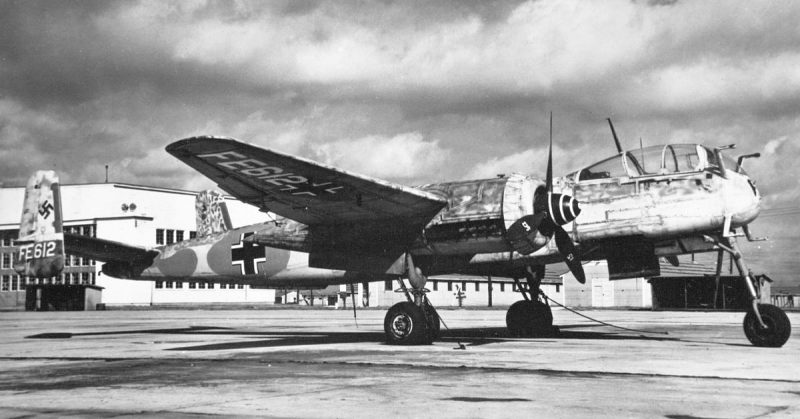During the Second World War, night-time bombing raids became common, and both sides of the conflict tried to give their pilots and planes a better chance of survival. The response was inevitable – the creation of night fighters, planes specially built and equipped to identify and attack enemy planes in the dark. One of the most successful models was the German Heinkel He219.
Versatile Beginnings
The plane that would become the Heinkel He219 started out in 1940 as project P.1060, a design for a high-speed aircraft that could be used in multiple roles. It was common for aircraft of the era to be adapted for a range of different roles, with variations in equipment letting them fill different specialties. A plane that could be used in multiple roles increased an air force’s flexibility and created efficiencies in maintenance and training, as the same parts and skills could be used across different versions.
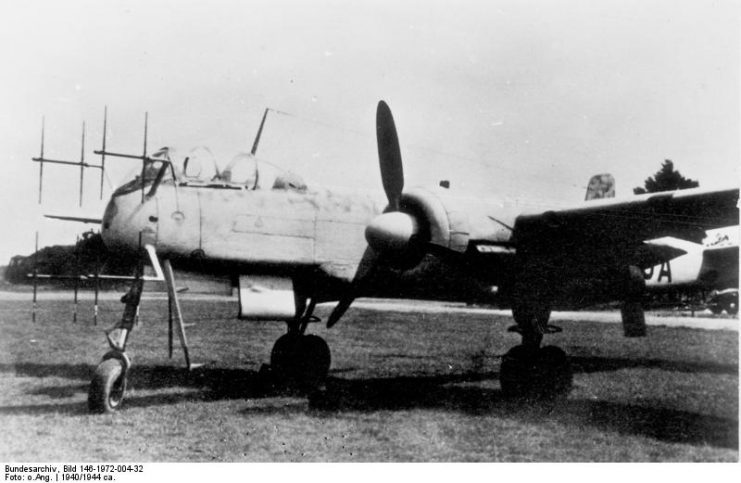
A Neglected Option
Germany was home to several excellent warplane design teams. As a result, the He129 didn’t stand out against the competition. It drew little interest for over a year until the tide of war changed what the Luftwaffe was looking for.
Strategic Bombing Takes its Toll
Renewed interest in the He219 was driven by the achievements of Britain’s Royal Air Force (RAF).
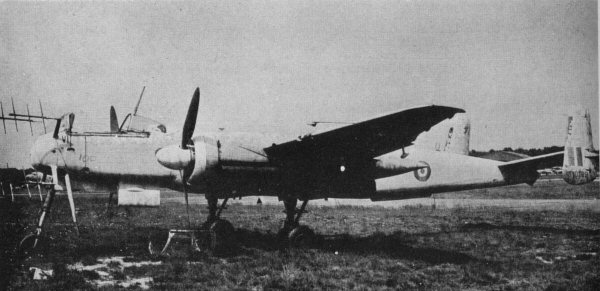
By late 1941, RAF Bomber Command was launching regular raids against German military and industrial targets. The aim of these attacks was a strategic one – to cripple German’s economy and war machine so that it could not keep up the fight. As the raids started affecting Germany’s military capacity, something had to be done to counter them. The British bomber raids were launched at night. Therefore, effective night fighters were needed to stop them.
As the need to counter the British increased, the authorities asked Ernst Heinkel to revive his neglected design and adapt it as a night fighter.
First Flight
At last, a prototype of the He219 was given its chance to take to the skies. It first flew on the 15th of November 1942.
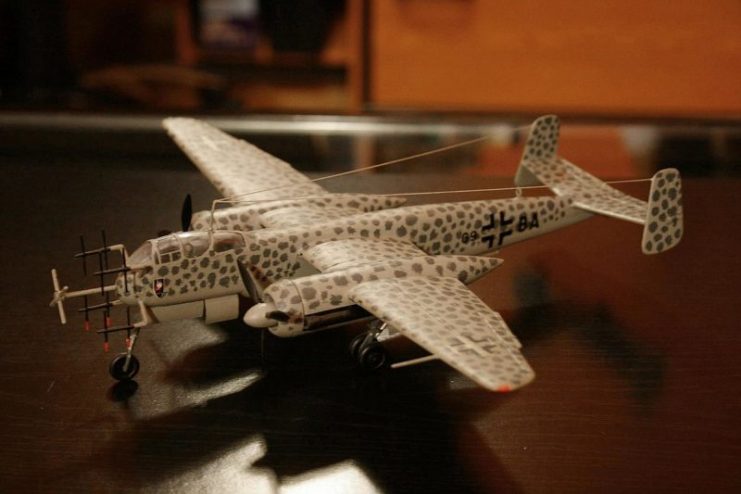
Combat Trials
A second prototype was built. This one took part in mock combat against other Luftwaffe planes, to see how it would perform. The test was so successful that an order was immediately placed for more of the planes.
A Bird of Prey
The He219 was given the name Uhu, meaning eagle-owl. It was a suitable match for its namesake – a deadly night-time predator that others would rightly fear to face.
Innovations in Aircraft Design
The He219 included several innovative features. It was the first operational Luftwaffe plane equipped with a tricycle undercarriage and the first operational aircraft in the world to include ejector seats. Powered by compressed air, these could eject both crewmen from the aircraft in an emergency.

Radar Targeting
The He219 used radar to find enemy bombers at night. Radar was one of the technologies that developed quickly over the course of the war, and plane-portable radar devices were critical to the development of effective night fighters. The equipment gave planes such as the He219 a distinctive look, with aerials protruding from the front of the plane.
Heavy Weapons
Along with the radar, the He219 was equipped with heavy weaponry to take out its targets. It carried four 20mm cannons, two under the belly and one near the base of each of its wings. Two larger 30mm cannons were fitted at the rear of the cockpit so that they could fire obliquely forward. The use of cannons was important. By the middle of the war, machine-guns were increasingly being abandoned on planes in favor of cannons, whose greater destructive capacity countered the sturdiness of advanced plane designs.
Slow by Design
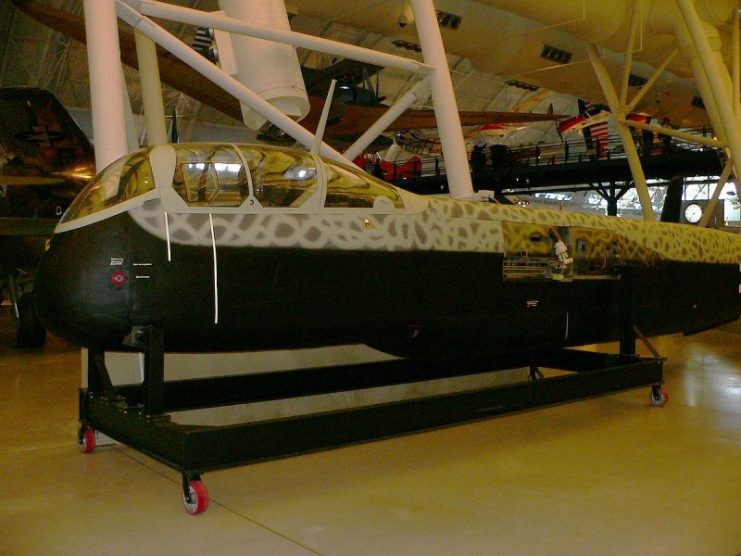
The He219 was slow for a fighter plane, with a maximum speed of 286 miles per hour. This would have made it useless as a daytime fighter plane, unable to keep up with Allied aircraft. But for a night fighter, relying on the cover of darkness to hide its approach, it was not a problem.
Swiftly Entering Service
This combination of night vision and heavy weaponry hugely impressed the Luftwaffe. They were so keen to get hold of He219s that they put the early prototypes into active service from April 1943, forming a unit in Holland, where they could intercept Allied bombers approaching the continent.
Early Achievements
He219s lived up to expectations, and they quickly started to rack up kills. Their pilots claimed to have destroyed 20 RAF bombers during their first six night missions, an amazing total by the standards of the time. The kills included six de Havilland Mosquitoes, the most versatile planes of the war and far from the lumbering targets some other bombers presented.
One of the most impressive individual achievements was that of Major Werner Streib. In a single sortie on the night of the 11th of June, Streib shot down five RAF Lancaster bombers using his He219.
The He219 had proven not only its own value but the importance of dedicated night fighters in countering bomber fleets.
Profusion Confusion
Still, some officials remained skeptical. To try to prove the value of the plane to them, Heinkel produced a huge number of variants on the He219. These carried different equipment and weapons to show what the aircraft was capable of.
Instead of ensuring the He219’s future, this confusing range of versions prevented the main plane from being produced in sufficient numbers. Germany shifted towards jet production in late 1944, seeking a magic bullet to save the nation from defeat, and the He219 once again lost the attention of the Luftwaffe.
Only One Unit
Individual He219s were attached to several Luftwaffe units, but only one unit was completely outfitted with these planes – 1/NJG 1, based at Venlo in Holland. As a result, the He219 never had the impact its early performance had promised. Let down by the government and Luftwaffe leaders, it became a novelty rather than a serious weapon.
